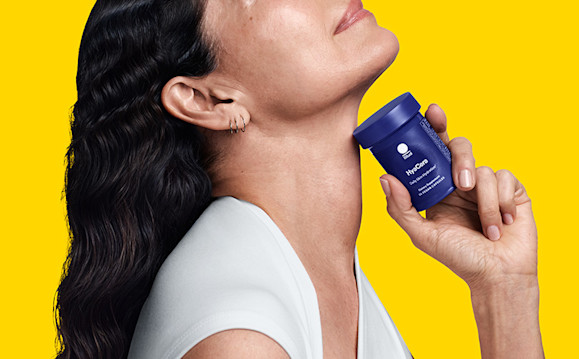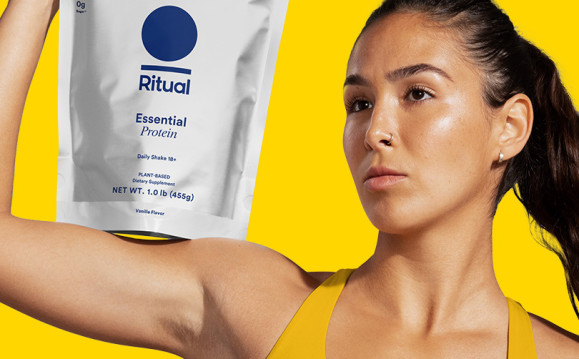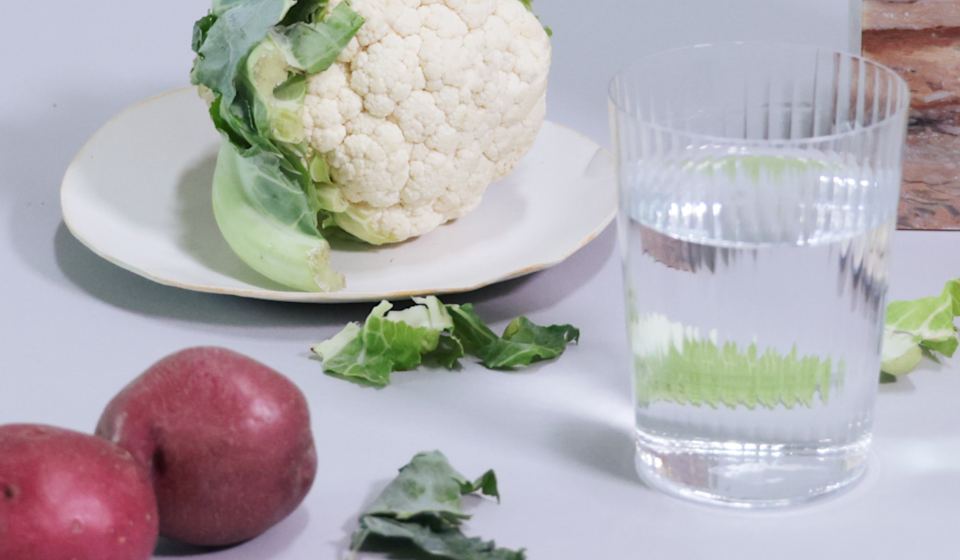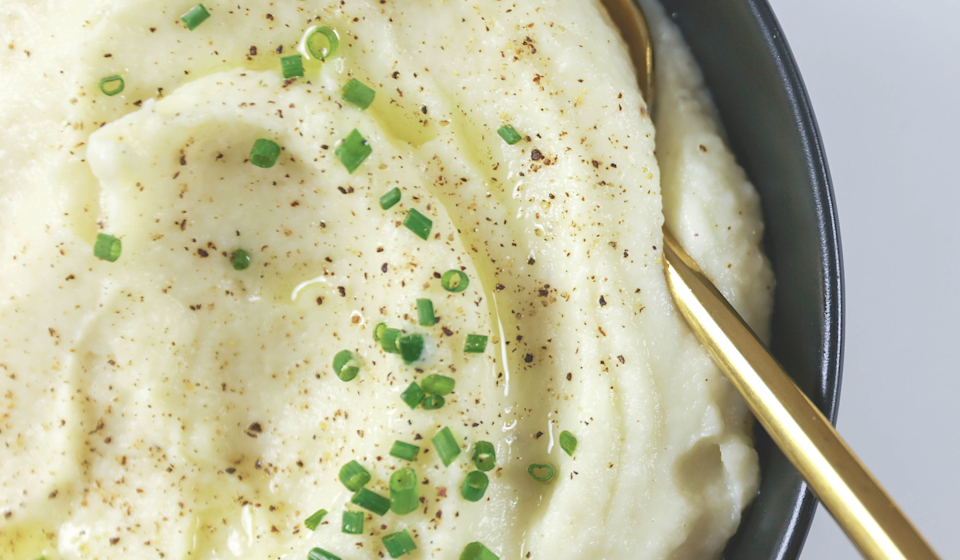Seriously—don’t skip your favorites.
“I personally do not recommend avoiding specific foods unless they provide empty calories,” says Mastaneh. Read: soda, candy, and other foods that provide virtually no nutritional value. That means that if you’re sticking to a traditional Thanksgiving feast, most of it is probably fair game. Not a bad start, right?
Don’t let variety trip up your tastebuds.
While having your pick of delicious options is great in theory, it can also mess with your hunger cues. “Nutritional research has shown that variety can override sensory specific satiety and leads to overeating (1),” she explains. Her advice: “Focus on the special foods that Thanksgiving is all about to you and leave other options such as appetizers and non-festive desserts for other days.”
Portion size and proportions makes all the difference.
Mastaneh is a big fan of the MyPlate method—that is, dividing your plate by food groups as a rule of thumb. For example: “Fill half of your plate with fruits and vegetables (such as half a cup sweet potatoes and half a cup green bean casserole), reserve a quarter of your plate for the turkey and the other quarter for the grains and stuffing,” says Mastaneh. (P.S.—if you want to eat like our in-house nutritionist, this is a formula worth sticking to well after the holiday.)
If you’re opting for turkey…
Know that you’re not just getting a serving of protein. “Turkey is a good source of nutrients such as niacin, selenium, vitamin B6 and phosphorous,” she says. Just a word of caution about the skin: Mastaneh recommends enjoying it sparingly, since it’s higher in fat.*
Let’s talk about dessert.
It just wouldn’t be Thanksgiving without pie—but good news! Both pumpkin and apple are fair game, says Mastaneh. From a nutritional standpoint, pumpkin gets the edge: A standard, commercially-prepared slice of pumpkin pie contains 5 grams of protein, 2.4 grams of fiber, more than 60% of our daily value for vitamin A, 20% for thiamin, 13% for riboflavin, 12% percent of folate, and 15% percent for vitamin K. Not too shabby for an indulgent treat.*
Apple pie has a similar nutritional profile, but slightly less protein, more carbs, less healthy fats and less vitamin A. And of course, these numbers are a bit variable if you’re opting for a homemade recipe.
The bottom line
While it’s definitely worth keeping the pointers above in mind as you feast this year, our (nutritionist-approved) advice we can give you is to thoroughly enjoy your Thanksgiving meal.
*References:
- Johnson, F., & Wardle, J. (2014). Variety, palatability… Advances in nutrition (Bethesda, Md.), 5(6), 851–859. doi:10.3945/an.114.007120*










